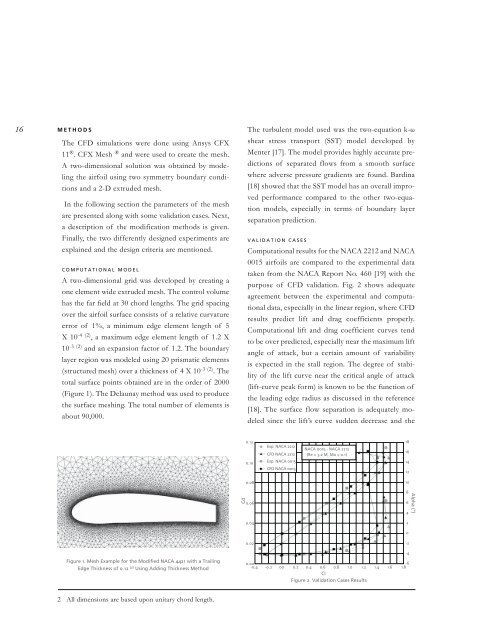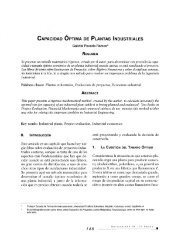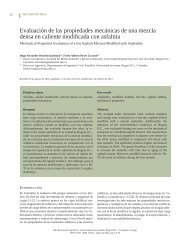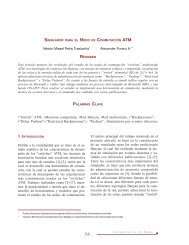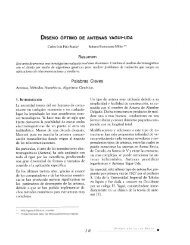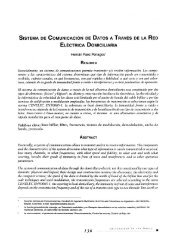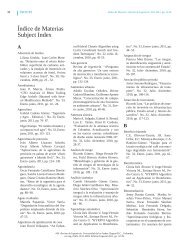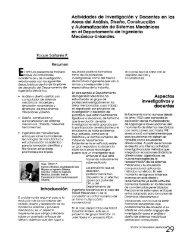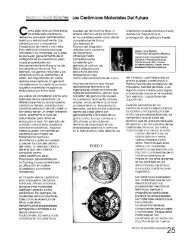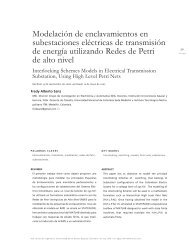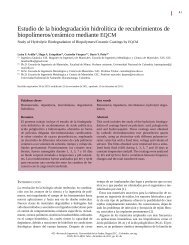CFD Analysis of Blunt Trailing Edge Airfoils Obtained with Several ...
CFD Analysis of Blunt Trailing Edge Airfoils Obtained with Several ...
CFD Analysis of Blunt Trailing Edge Airfoils Obtained with Several ...
Create successful ePaper yourself
Turn your PDF publications into a flip-book with our unique Google optimized e-Paper software.
16 METHODS<br />
COMPUTATIONAL MODEL<br />
A two-dimensional grid was developed by creating a<br />
<br />
<br />
over the airfoil surface consists <strong>of</strong> a relative curvature<br />
<br />
<br />
<br />
<br />
<br />
<br />
<br />
<br />
<br />
<br />
® ® <br />
A two-dimensional solution was obtained by modeling<br />
the airfoil using two symmetry boundary condi-<br />
<br />
In the following section the parameters <strong>of</strong> the mesh<br />
<br />
<br />
<br />
<br />
<br />
shear stress transport (SST) model developed by<br />
dictions<br />
<strong>of</strong> separated flows from a smooth surface<br />
<br />
ved<br />
performance compared to the other two-equa-<br />
<br />
<br />
VALIDATION CASES<br />
<br />
<br />
<br />
<br />
agreement between the experimental and computa-<br />
<br />
<br />
Computational lift and drag coefficient curves tend<br />
<br />
<br />
lity<br />
<strong>of</strong> the lift curve near the critical angle <strong>of</strong> attack<br />
(lift-curve peak form) is known to be the function <strong>of</strong><br />
the leading edge radius as discussed in the reference<br />
-<br />
<br />
NACA 0015 - NACA 2212<br />
(Re = 3.2 M, Ma = 0.1)<br />
<br />
<strong>Edge</strong> Thickness <strong>of</strong> 0.12 (2) Using Adding Thickness Method<br />
Figure 2. Validation Cases Results


